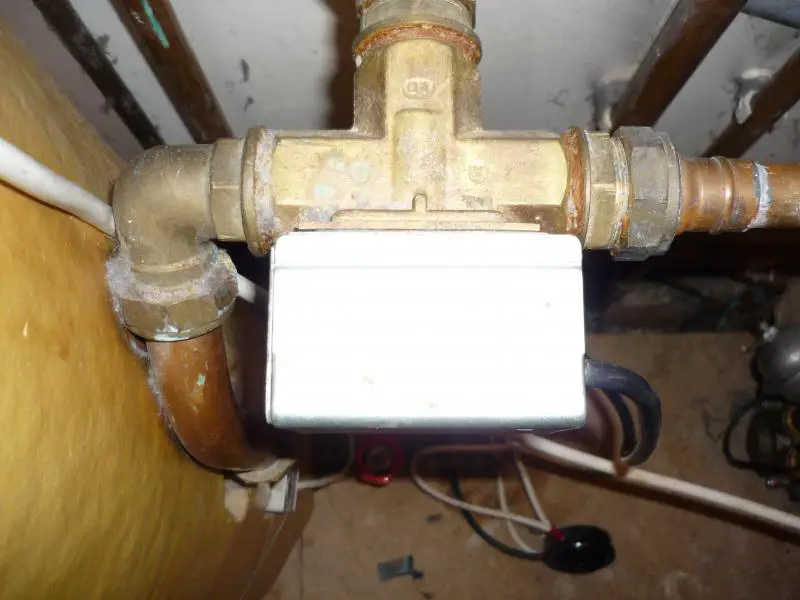Hi,
I'm having problems with my heating system and identified that the source is a faulty 3 port valve. It's a fairly old system (installed 1986) and the 3 port valve is a Honeywell V4073A1062. It seems that it's one of the older models and requires a system draindown if you want to separate the box with the motor in from the pipework.
Before I try to replace anything, I'd like to make sure I know exactly which part has gone wrong to minimise the work.
Am I right in thinking that either the motor or the valve (the bit in the pipework?) may be broken? If so, how do I tell which has part is broken? If it's any help, there is no longer any tension in the lever on the side of the box - its moves up and down freely by hand.
Also, are the replacement parts easy to get?
Thanks in advance for any help.
Jever
I'm having problems with my heating system and identified that the source is a faulty 3 port valve. It's a fairly old system (installed 1986) and the 3 port valve is a Honeywell V4073A1062. It seems that it's one of the older models and requires a system draindown if you want to separate the box with the motor in from the pipework.
Before I try to replace anything, I'd like to make sure I know exactly which part has gone wrong to minimise the work.
Am I right in thinking that either the motor or the valve (the bit in the pipework?) may be broken? If so, how do I tell which has part is broken? If it's any help, there is no longer any tension in the lever on the side of the box - its moves up and down freely by hand.
Also, are the replacement parts easy to get?
Thanks in advance for any help.
Jever




